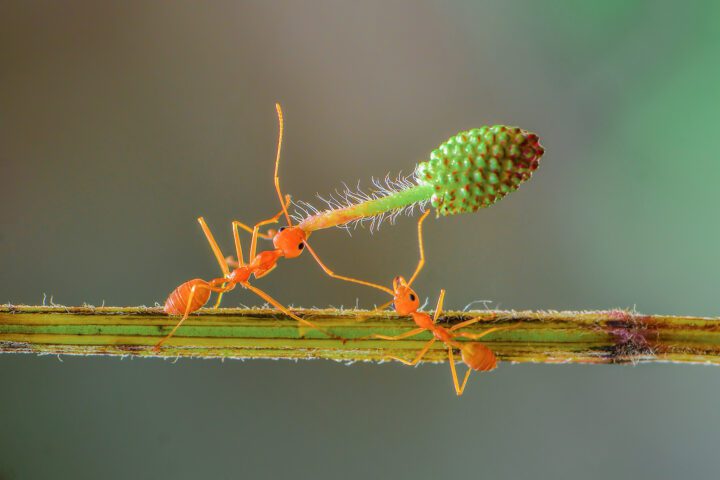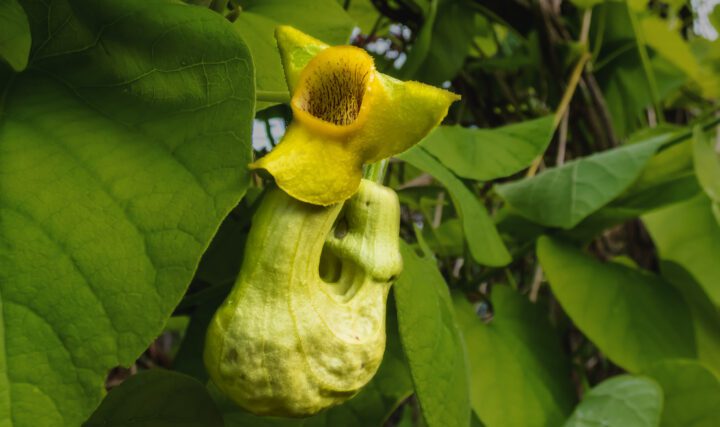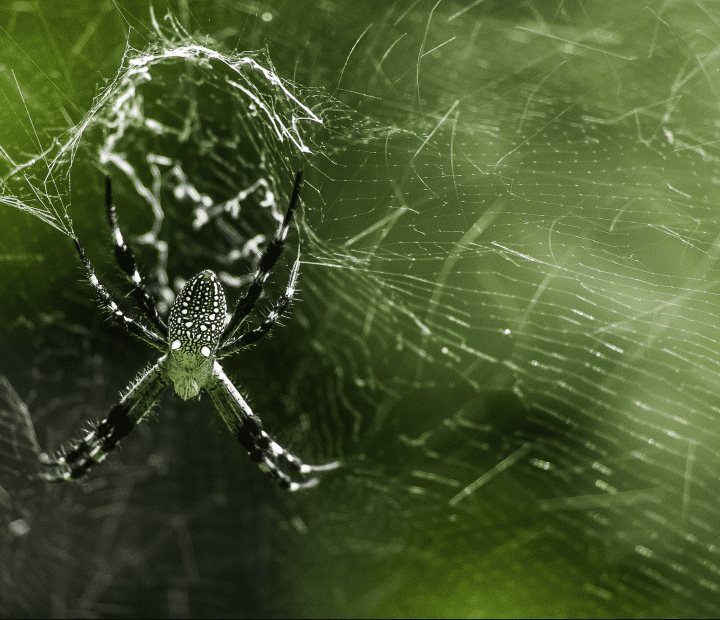Prevent Fracture/Rupture
High force impact or stress can cause materials that comprise living systems to separate into two or more pieces (called fracturing) or to break or burst suddenly (called rupturing). For example, a scallop prevents structural failure from fracture because its shell is comprised of two materials of varying stiffness. When a crack moves from the scallop’s stiff material to the less stiff one, the latter reduces the force at the tip of the crack, thereby stopping it from spreading farther.
Manage Tension
When a living system is under tension, it means there is a force pulling on it, like a person pulling on a rope tied to a horse. When applied to a living system, unless the system is completely rigid, the result is that it gets stretched. If stretching exceeds the strength of the living system’s material, it can damage it. Living systems manage tension using materials that are flexible and stretchable enough to survive most tension that occurs in their environment. The ocean’s intertidal zone offers a good example. The waves and incoming and outgoing tides put tension on soft-bodied organisms. Mussels resist tension with flexible threads that hold them onto rocks; in contrast, large algae have stretchy fronds.
Capture, Absorb, or Filter Organisms
Many living systems must secure organisms for food. But just as one living system must capture its prey to survive, its prey must escape to survive. This results in capture and avoidance strategies that include trickery, speed, poisons, constructed traps, and more. For example, a carnivorous plant called the pitcher plant has leaves formed into a tube that collect water. Long, slippery hairs within the tube face downward. When insects enter the tube seeking nectar, they lose their footing and slide inside, unable to climb out and escape being eaten and digested by the plant.





